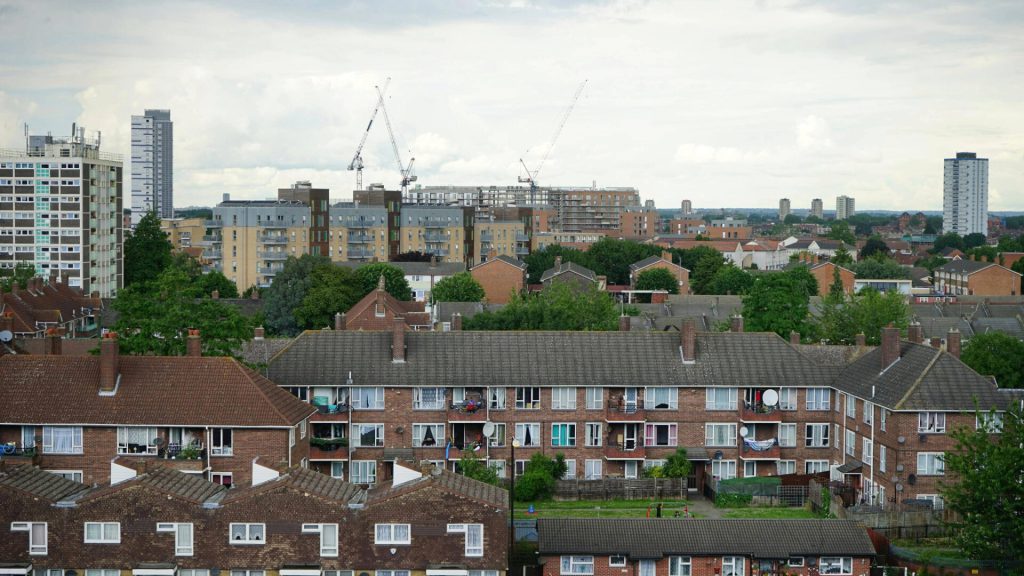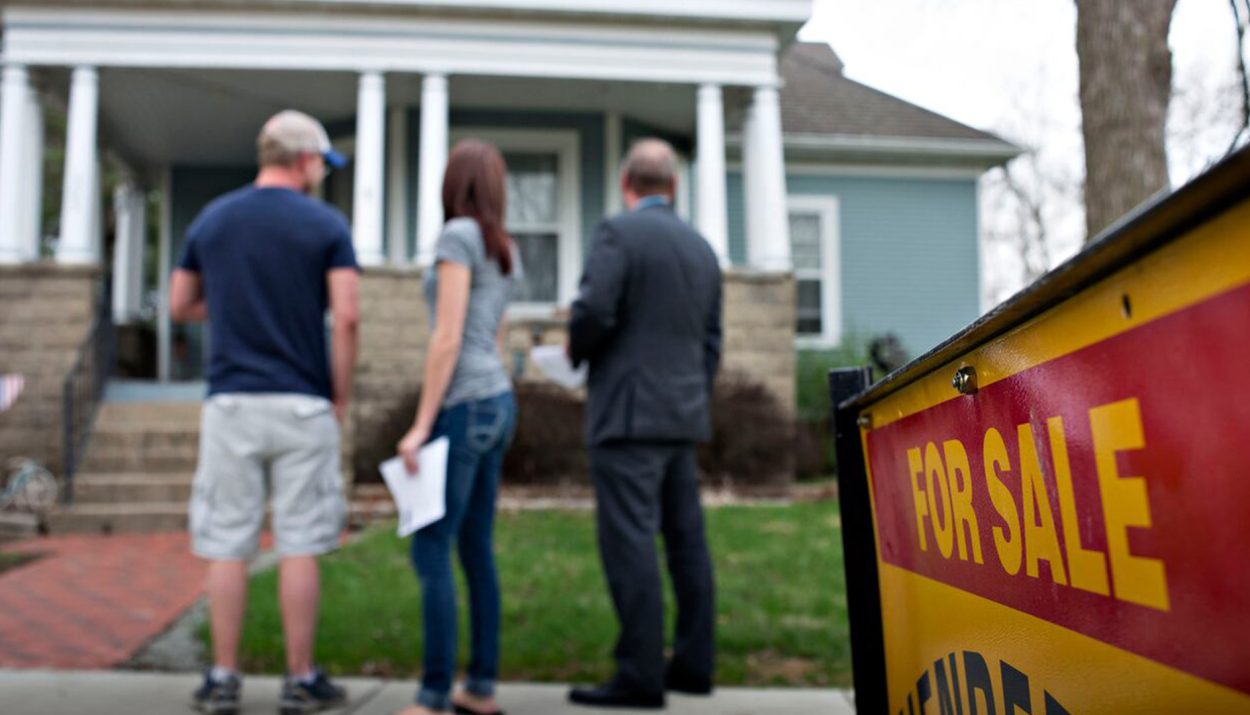Affordability of housing in America is an ongoing problem, one without a solution on the horizon. The housing market crash of 2008 caused significant waves in the industry, and recent instability caused by the pandemic has only made the existing problems of housing affordability worse.
Inflated Cost of Housing
In particular, the cost of housing is through the roof over what it has been in recent years. The 2008 crash saw a significant increase in inventory as Americans lost their homes, and many of those homes were bought up by massive corporations such as Blackstone, who turned the houses around and turned them into permanent rental dwellings.

Reduction in inventory is one of the driving factors behind the increase in cost of housing, though inflation and the general devaluation of the American dollar is another portion of the problem.
The Housing Market in 2020
In spite of these facts, the housing market was fairly healthy prior to 2020. The COVID-19 pandemic had a significant impact on housing, with prices skyrocketing at the same time as a boom in purchasing.

Starting in 2020, there was a massive run on the housing market. Despite inflated costs, people were putting in cash offers for homes, and inventory wasn’t on the market for long. Many people ended up getting into bidding wars over homes at the time, with people offering far above market value and foregoing home inspections in order to secure the property before somebody else.
Historically Low Interest Rates
Interest rates at the time were at historic lows, and the patterns that were created during that massively unprecedented time continued on for months. The market remained hot through all of 2021 and 2022, and it didn’t start to cool down until 2023.

This is, in part, due to the significant interest rate hikes on the part of the Fed. Mortgages rates skyrocketed from all-time lows of 2% and 3% to a high of nearly 8% this last winter. Housing prices haven’t come down significantly either, creating a challenging environment for individuals looking to buy a home.
Housing Hasn’t Kept Up With Inflation
Part of the problem is that income has not kept up with the rate of inflation, and the same is said for the price of housing. Nearly half of all Americans are spending more than one-third of their monthly salary on housing, with some spending up to 50% of their income on housing. This is far above the recommended 25% of housing authorities, though there’s nothing to be done for it, unfortunately.

This fact means that many Americans have been priced out of the housing market. Many people are already spending all or most of their disposable income on their existing housing, leaving no room for saving for a down payment, or anything else. This means that the dream of home ownership is rapidly becoming just that: a dream.
Significant Dings to the Housing Market
This lack of affordability, as well as interest rates that are being kept high by an overcautious Fed, has led to a significant ding to the housing market. Inventory in 2023 was at historic lows, which contributed to high prices of housing, but in the months since the end of the year, inventory has slowly started to rise back up.

This increase in inventory is, in part, due to new builds that are being developed in cities across the United States. Texas is currently leading the charge in new housing, which has contributed to a slight dip in housing prices in the state.
A Report on Housing with Bad News
A recent report has emphasized the downslide that the housing market is currently experiencing. Home sales suffered a big drop last month, which is bad news, given that this is the U.S. housing market’s busiest time of year.

Existing home sales slid 4.3 percent last month from February, to a seasonally adjusted annual rate of 4.19 million. This is down 3.7 percent compared to a year before, according to a National Association of Realtors (NAR) report.
The Median Price Rising
At the same time, the median price for existing homes rose 4.8%, to $393,500 from March of 2023 to March of 2024. This is the highest price ever for the month of March, and the ninth consecutive month of year-over-year gains for the housing market.

Matthew Walsh, Moody’s Analytics housing economist, spoke on this in a statement. “Extremely low housing affordability and a lean existing sales inventory will keep a lid on existing-home sales in the coming months,” he said.
Sales Well Below Average
“Sales remain well below their average over the past decade, and forward looking indicators are downbeat,” he continued. “The National Association of Realtors’ pending home sales index had an uneven showing to start the year, and is averaging near its record low. Similarly, mortgage purchase applications have moved sideways over the last few weeks.”

Simply put, this means that fewer people are buying homes, and fewer people are applying for mortgages to start looking to buy homes. The U.S. housing market is generally a thriving industry, but all of these factors contribute to a fairly gloomy outlook for sellers, buyers, and realtors alike.
Sales Falling in All Regions
The NAR report from Thursday shows that sales fell across the Midwest, the South, and the West month over month. However, the Northeast saw an increase in sales for the first time since November of 2023. Compared to a year before, sales decreased in all four of the U.S. major regions last month.

NAR Chief Economist Lawrence Yun released a statement along with the report. “Though rebounding from cyclical lows, home sales are stuck because interest rates have not made any major moves. There are nearly six million more jobs now compared to pre-COVID highs, which suggests more aspiring home buyers exist in the market.”
More Housing on the Market
Compared to pre-COVID times, there are also more homes on the market. The total housing inventory registered at the end of March was 1.11 million units, which is up 4.7% from February and 14.4% from one year ago.

Despite the new additions to the market, inventory is still historically low across the United States. This is one of the major factors that is contributing to the high cost of housing, and keeping home ownership unattainable for many.
Consistent with Expectations
According to Walsh, though, the lower existing home sales in March are consistent with expectations. “The weight of elevated mortgage rates are taking their toll on buyer demand and February’s eye-popping increase was unsustainable.”

“On the supply side, a lean inventory of homes for sale is making it difficult for the buyers that remain in the market to find a home,” he continued. “March’s data show total inventory was up more than 14% from a year ago, but even with this increase the market for existing homes remains extremely tight.”
Significantly Low Inventory
If the current pace of sales continues, according to Walsh, “the months’ worth of unsold inventory is 3.2, which is up from a month ago, but remains well below the 4 to 6 months that is considered a balanced housing market.”

This is a less than ideal situation with very few solutions in the current market. Increasing inventory would significantly improve housing costs for average Americans, and while there is some legislation in the works that is looking to force the sale of single-family homes by corporations, nothing is set in stone.
Unsurprising, but Discouraging
None of the data released in the most recent report is news to anyone who has been keeping an eye on the market, though it is discouraging. Home ownership is one of the most reliable ways for Americans to build generational wealth, and it’s an achievement that is growing further and further out of reach for many people.

Intervention from the federal government would go a long way to solving the housing crisis, but that would be a tall order in a heavily divided Congress. Until legislators can agree on raising the minimum wage or instituting federal housing price caps, the American people are unfortunately at a standstill when it comes to housing.






